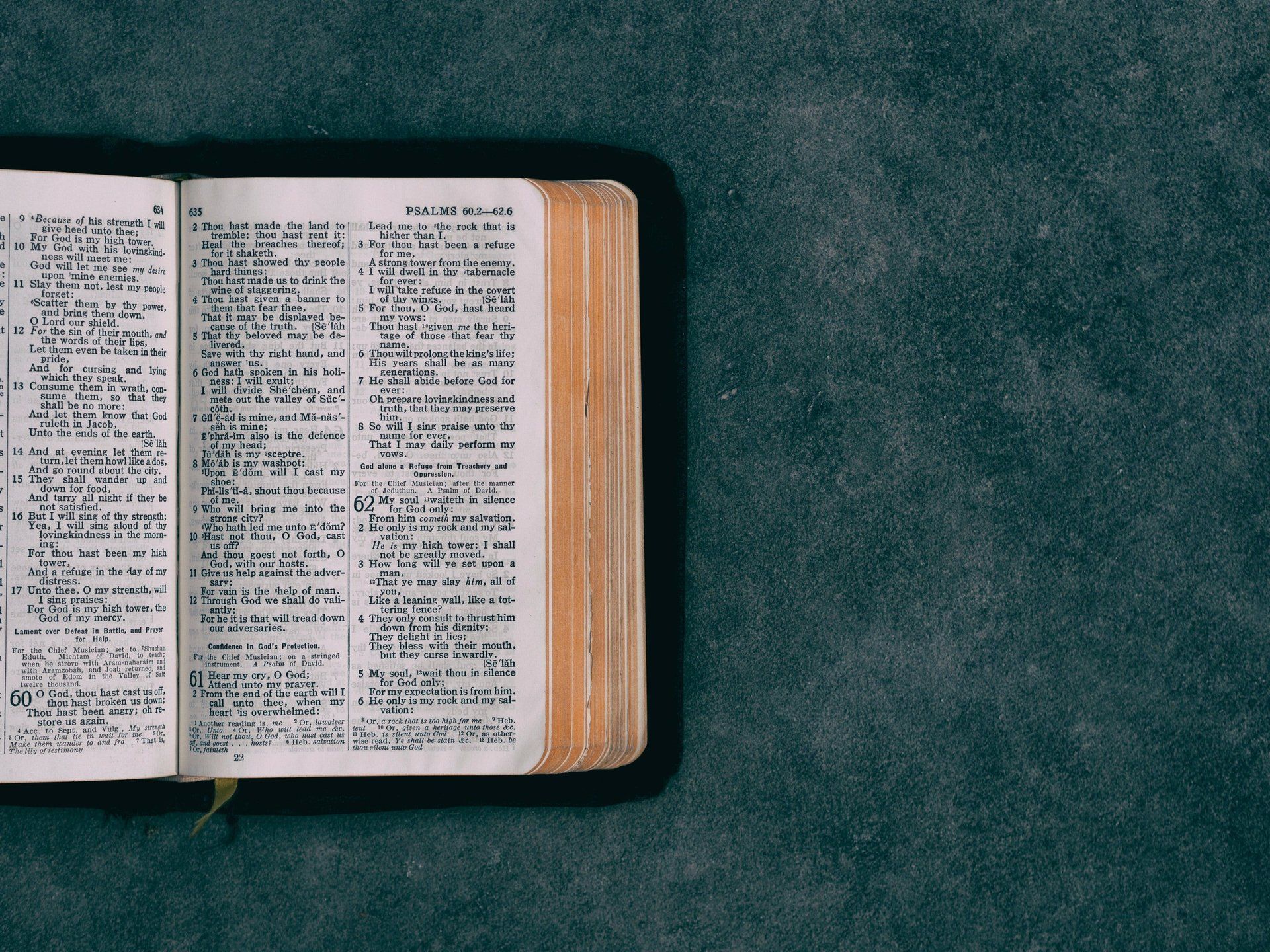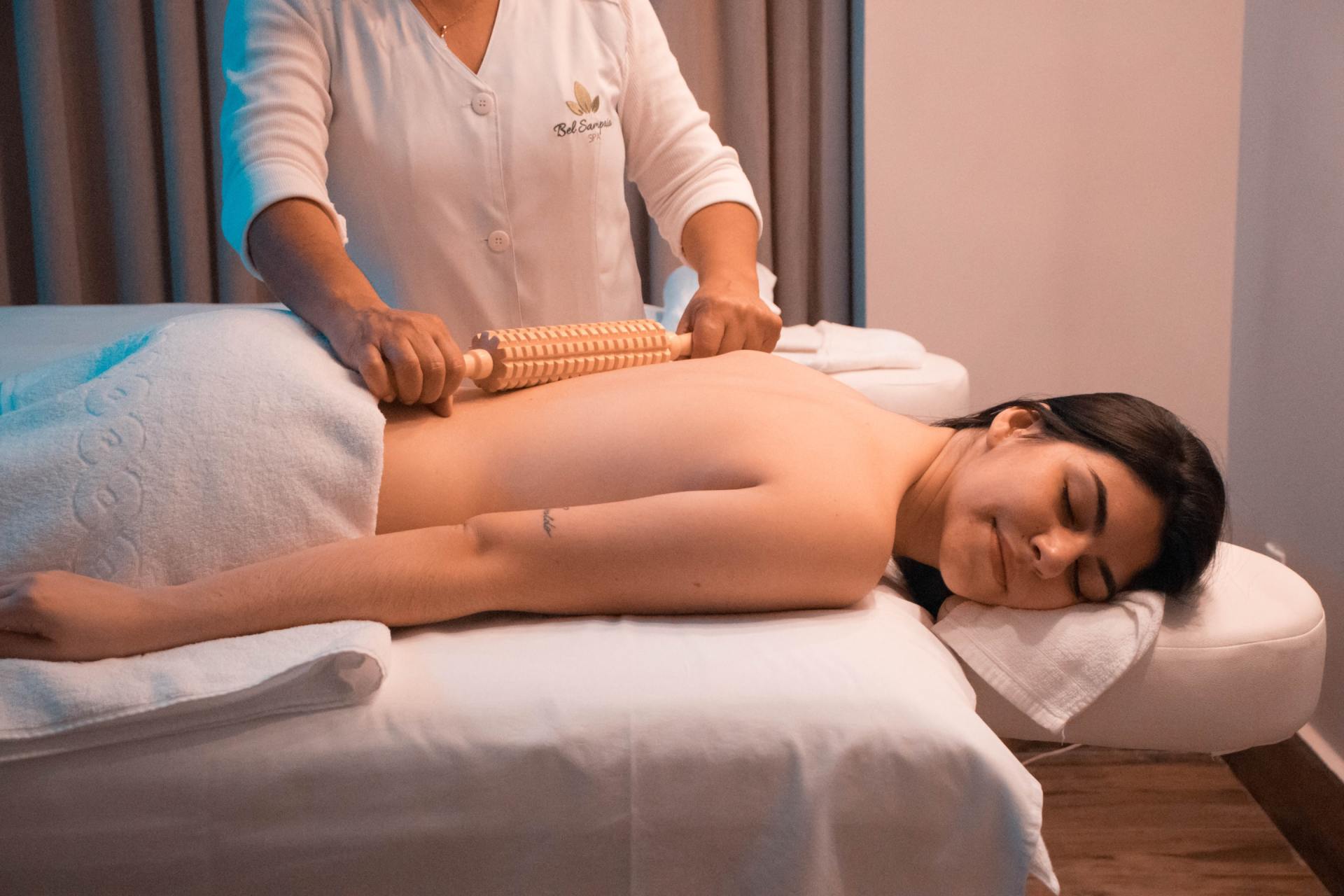Once you are in labour, you may wish to get in the birthing pool. There are a few instances where this is contraindicated in the guidelines and not recommended. If you are having an oxytocin drip to make you have contractions, if you have a fever or any signs of infection, if the baby has passed meconium (their first poo) while inside, if there is any concern about baby’s heart rate, or if you are less than 37 weeks. You will also be encouraged not to get in the pool yet if you have only just got into established labour. This is because when you get in the pool the contractions can ease off, which is not what you want when you’re in established labour, as this can lead to increased intervention. The birthing pool can only be used with a midwife who has done some extra training to perform pool births (although most have). At GCUH there is a pool in every birthing room except 3 (these are the high-risk rooms for women with complex pregnancies), however, sometimes with acuity, we only have those rooms available, in which case there is no pool. This is rare, but something to be aware of.
When you are in the pool, there are several instances when you will be requested to exit the pool and it is very important to follow this for the safety of you and your baby. You will be asked to exit if you develop any of the contraindications listed above, and also to get out every 2-3 hours to pass urine, for vaginal exams, if when the baby’s shoulders get stuck while the body is being born, and after birth to deliver the placenta.
If you have any questions about waterbirth, speak to your midwife about your own personal circumstances and any questions you have. You can go in the pool for labour but get out for birth if you wish, and sometimes people think they will love the pool but get in and hate it and want to get out. Like with all things labour, it is best to have a broad idea of things you’d like to try, and then just see how you feel on the day.
Bree Lowing is a Registered Midwife and provides bulk-billed in-home antenatal and postnatal services through
The Mountain Midwife www.themountainmidwife.com.au and 0491 750 795
MORE SCENIC NEWS
-
A NEW CHAPTER FOR WOLVES BASKETBALL
Mar 28, 2024ButtonAs the sun sets on an incredible experience, it's time for me, Adam Chanter, to say farewell as the Pre...
-
COMMUNITY CAMERA ALLIANCE – YOUR CHANCE TO HELP
Mar 28, 2024ButtonIt's essential for community members to remain vigilant and take steps to safeguard their properties and vehicle...
-
GRAND OPTIONS CATER TO MOST NEEDS AND TASTES
Mar 28, 2024ButtonFor weddings, services can be held in The Old Church, which stands as a proud member of architecturally sig...
-
GALLERY’S $30,000 MAJOR ART AWARD RETURNS
Mar 28, 2024ButtonThe award, named after the sacred mountain which the Gallery overlooks, is open to artists living across the...
-
KERRI: AN HONOUR TO FILL THE ROLE FOR DIVISION 2
Mar 28, 2024ButtonDuring the pre-poll part of the campaign, I was very grateful for the opportunity to be able to meet an...
-
ANNE HOITINK – APRIL 2, 1945 – MARCH 15, 2024
Mar 28, 2024ButtonMigrated to Australia on 29 November 1952, aged 7 years. Going directly to the suburb of Reid in Canber...
-
GREAT SUCCESS FOR LITTLE ATHLETES
Mar 28, 2024ButtonRuby, Lily, Talia, Torah, Hugo, Leiawyn, Aric, Dean, Mitchell, Harvey and Noa; you all should be so proud ...
-
DO HOP IN FOR A NEW MONTE LUPO EXHIBITION
Mar 28, 2024ButtonMonte Lupo was established by Multicap in 1991 to provide meaningful employment to people living with di...
-
THIS TIME, IT REALLY DOES MATTER – HAVE YOUR SAY
Mar 14, 2024ButtonPaul Williams, a political scientist from Griffith University, offers insights into the “candidate scarcity...
-
BREACH OF CODE: RULING ON MAYOR CHRISTENSEN RAISES MORE VOTER CONCERNS ON ELECTION EVE
Mar 14, 2024ButtonAdditionally, Christensen is to bear his legal costs, with a warning that any future infractions will be classifie...
LOCAL BUSINESS
COLUMNS
-
Beauty & Wellness
ButtonWriter: Rebecca Mander - Naturally Cos
-
Community Care
ButtonWriter: Geoff Marshall
-
Embrace
ButtonWriter: Jaap Vogel
-
Food for Thought
ButtonWriter: Dylan Gittoes
-
Hooked on Books
ButtonWriter: Friends of TM Library
-
Living with Dogs
ButtonWriter: Pam Brandis (Dip. Canine Prac.)
-
Nature Notes
ButtonWriter: Nadia O’Carroll
-
Pastor Kim
ButtonWriter: Pastor Kim Dale
-
Physio Talk
ButtonWriter: Neil Bell (Tamborine Mountain Physique)
-
Police News
ButtonWriter: Sgt Mark Shields
Officer in Charge
North Tamborine Police
-
Politics
ButtonWriter: Local Councillors and Representatives
-
Relationships
ButtonWriter: Linda Gray
-
The Mtn Midwife
ButtonWriter: Bree Lowing (Registered Midwife)
-
Travelling Places
ButtonWriter: Travelling Places Tamborine Mtn
-
Wine chat
ButtonWriter: Imogen Mulcahy
-
Yoga Under the Bodhi Tree
ButtonWriter: Margot Wagner
Your Local Paper
to read, keep & share

Your Local Paper
to read, keep & share
CONTACT
PO Box 118, North Tamborine Qld 4272
Phone: 0407 671 286
Email:
news@tmnews.com.au
ads@tmnews.com.au
Design by BjornSchmal.com


















